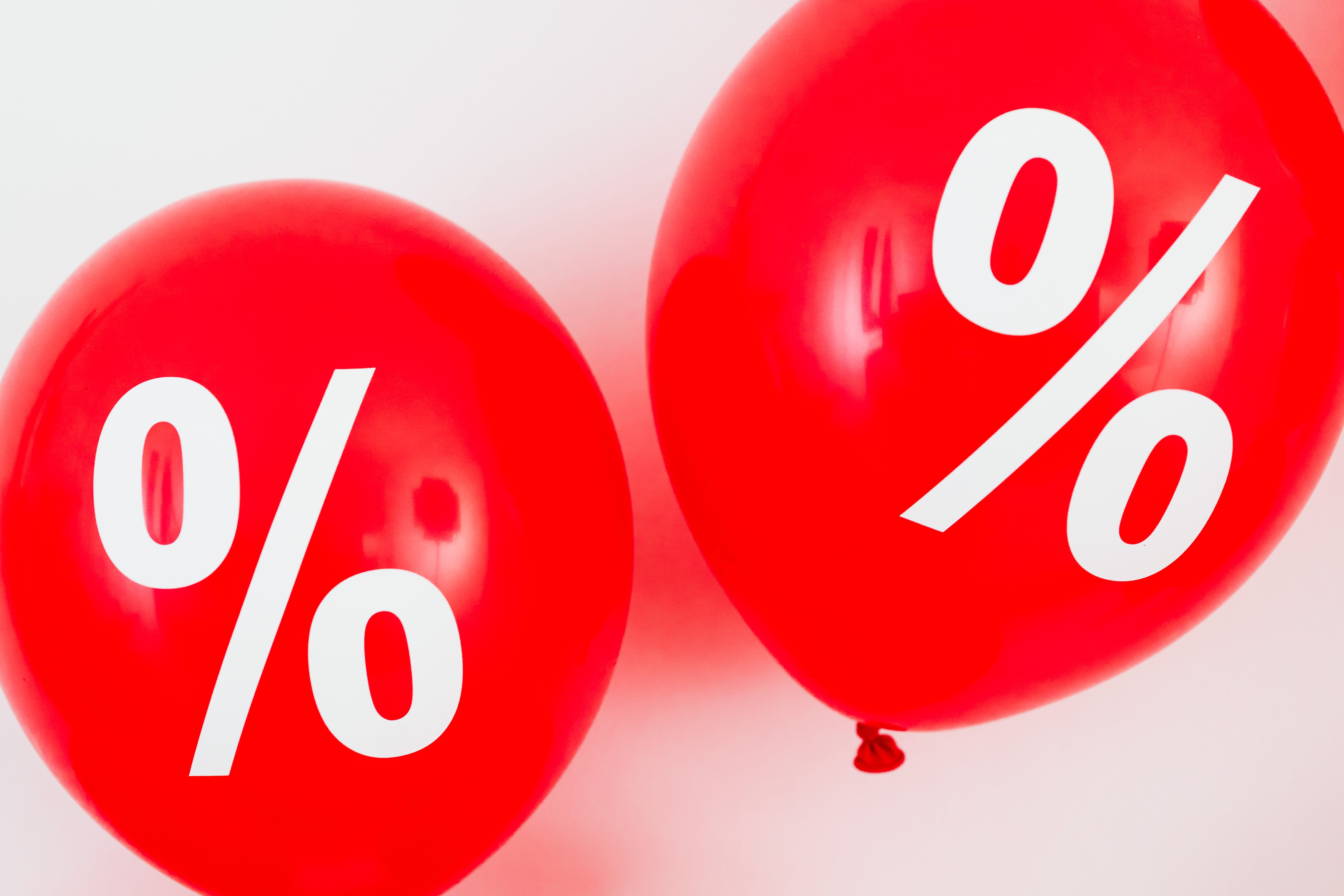Market Dynamics In The Wake Of Steady Interest Rates: A Deep Dive Into The Federal Reserves Recent Stand

Author: Ricardo Goulart 03 November 2023
Introduction:
On November 1, 2023, the Federal Reserve opted to hold its benchmark interest rate steady in a range of 5.25% to 5.5%. This decision, reflective of a cautious approach amid economic uncertainties, has stirred various reactions across the market. This report dissects the market's response, juxtaposes historical market behaviors under similar rate conditions, and investigates the sector-wise impacts of this decision.
Market Reactions:
The U.S. stock market welcomed the Federal Reserve's rate decision with a notable rally, particularly in tech stocks. The broader market sentiments mirrored a blend of relief and optimism as the Federal Reserve's stance hinted at a halt in rate hikes for the foreseeable future12. Notably, the decision aligned with market expectations, marking a dovish shift in monetary policy, as indicated by recent comments from Fed officials.
Historical Comparisons:
Historically, the onset of Fed hiking cycles has often aligned with a robust economy, uplifting cyclical sectors like materials, industrials, and energy. A retrospective glance reveals that major market indices, including the S&P 500, Dow Jones, and Nasdaq composite, have exhibited overall positive returns during past Fed rate hike cycles dating back to 19894. For instance, a previous hike cycle from June 2004 to September 2007 saw the federal funds rate soar from 1.0% to 5.25%, while the DJIA gained 28.7%, underscoring the market's resilience amid rising rates.
Sector-wise Impact:
The pause in rate hikes bears encouraging implications for stock market investors and prospective homebuyers. With many experts anticipating no more hikes in 2023, the steady interest rate landscape could foster a conducive environment for investment and home purchases6. Concurrently, the gradual downtrend in the national inflation rate, from a 41-year high of 9.1% in June 2022 to 3.7% in September 2023, might alleviate pressures on the housing market, potentially triggering a decrease in mortgage rates, thus aiding the housing sector.
Conclusion:
The Federal Reserve's cautious stance amidst a complex economic backdrop illustrates a meticulous balancing act aimed at nurturing financial stability. The market's positive reaction underscores a level of approval and optimism, hinting at a conducive environment for sustained economic activity across various sectors. Through an astute understanding of historical and present market dynamics surrounding Federal Reserve's interest rate decisions, stakeholders can derive valuable insights, aiding in informed decision-making as they navigate the intricate financial milieu.
The Penny Drops: Understanding The Complex World Of Small Stock Machinations
Micro-cap stocks, often overlooked by mainstream investors, have recently garnered significant attention due to rising c... Read more
Current Economic Indicators And Consumer Behavior
Consumer spending is a crucial driver of economic growth, accounting for a significant portion of the US GDP. Recently, ... Read more
Skepticism Surrounds Trump's Dollar Devaluation Proposal
Investors and analysts remain skeptical of former President Trump's dollar devaluation plan, citing tax cuts and tariffs... Read more
Financial Markets In Flux After Biden's Exit From Presidential Race
Re-evaluation of ‘Trump trades’ leads to market volatility and strategic shifts.The unexpected withdrawal of Joe Bid... Read more
British Pound Poised For Continued Gains As Wall Street Banks Increase Bets
The British pound is poised for continued gains, with Wall Street banks increasing their bets on sterling's strength. Th... Read more
China's PBoC Cuts Short-Term Rates To Stimulate Economy
In a move to support economic growth, the People's Bank of China (PBoC) has cut its main short-term policy rate for the ... Read more

